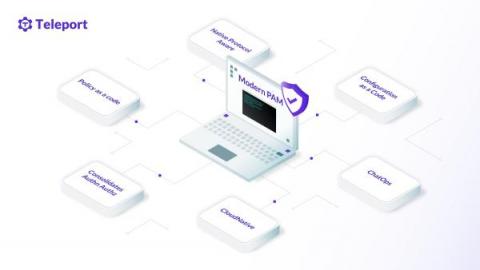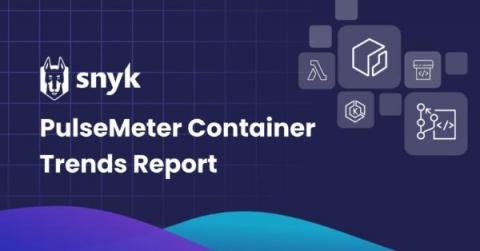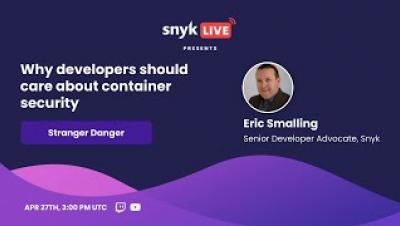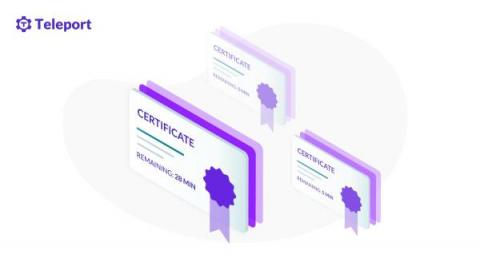Security | Threat Detection | Cyberattacks | DevSecOps | Compliance
DevOps
Top 6 Reasons to Choose CloudCasa over Kasten by Veeam
If you are considering Kasten today and wondering what alternatives exist for Kubernetes backup, you are at the right place where we will make our case for why CloudCasa should be your choice instead. Kasten K10 is one of the first products built to address the data protection gap in Kubernetes environments. Veeam is a market leader in data protection, and they acquired Kasten in 2021. Together, Kasten by Veeam presents a strong combination of innovation and go-to-market chops.
Rethinking Privileged Access Management for Cloud and Cloud-Native Environments
SSH was designed in 1995, LDAP was initially developed in 1993, and role-based access control was introduced in 1992. The concept of least privilege was introduced in 1975. With all of these existing technologies, when are modern privileged access management solutions necessary? This is a common question asked when we pitch the idea of modern privileged access management (PAM).
2022 Container Security Trends Report: Exploring ownership, education, expertise, and more
With dependence on containers growing more every year, developers need the best container security solutions they can find, and those solutions have to integrate seamlessly into existing development workflows. Snyk’s partnership with Sysdig has helped us strengthen our commitment to building tools for container security, and growing those tools to meet the evolving needs of developers. And as a developer-first organization, we truly value feedback that comes right from developers themselves.
Stranger Danger: Why Developers Should Care About Container Security
Choosing Open Source Libraries
CTO Corner with Yoav Landman, Episode 2: The Importance of Securing Binaries
How to Generate and Configure SSH Certificate-Based Authentication
The SSH protocol offers multiple authentication options: passwords, public keys and certificates. Certificate-based authentication is the most secure of them all, but historically, it has been the most complicated to set up. This tutorial guides you through simple steps to configure certificate-based authentication for an OpenSSH server. First, let's consider the differences between certificates and keys. As you can see, an SSH key is a binary proposition.
FROGBOT : Securing your git repository!
DevOps release process
In the previous article, we covered the build and test process and why it’s important to use automated scanning tools for security scanning and remediation. The build pipeline compiles the software and packages into an artifact. The artifact is then stored in a repository (called a registry) where it can be retrieved by the release pipeline during the release process.











